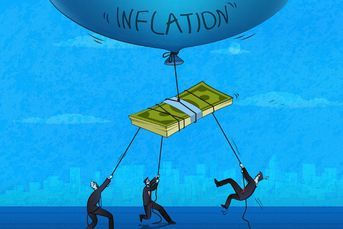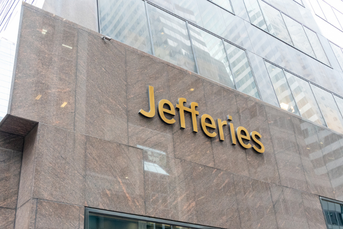These ETFs are winning in the Pimco Total Return Fund derby
Here's a hint: They're short-term bond funds that can provide safe places to park money, and provide a little yield and return in place of holding cash
An exchange-traded fund horserace is under way and the purse — courtesy of the Pimco Total Return Fund’s (PTTAX) outflows — is $23.5 billion and growing.
Fixed-income ETFs hauled in $7.5 billion last week, which was $6.5 billion more than their weekly average. There’s no way to pinpoint where exactly the cash is coming from. However, given no traumatic events in the bond market and the types of ETFs that brought in the cash, it isn’t a stretch to say most or all of it is Bill Gross fallout money.
Much of the $6.5 billion likely came from institutional investors, given the speed of the reaction and that the majority of outflows from the mutual fund came from the Institutional share class. Why should retail investors care about all this? Because the reasons behind the moves are smart.
MANAGER TRANSITION
One of the most under-discussed uses of ETFs by institutions is as a place to move money temporarily during a manager transition. When an institution wants to stop using an active manager, or one up and quits, as Mr. Gross did, they will pull the money out of the fund and place it in an ETF where they can maintain a similar exposure or just for a safe place to park cash while they vet new managers.
For retail investors, many short-term bond funds can provide safe places to park money, but also provide a little yield and return in place of holding cash. Most ETFs in this category cost next-to-nothing.
AVOID A MONSTER TAX BILL
By fleeing Bill Gross’ old mutual fund, these investors are avoiding what is shaping up to be a huge year-end tax bill. For investors who own the fund in a taxable account, a perfect storm of capital gains tax is brewing, according to Ron DeLegge, founder of ETF Guide. Between the fund’s latest reported turnover of 227 percent and a mass exodus that forced the fund to sell top holdings, he says investors are looking at a “monster” tax bill.
This is why you hear people say that ETFs are more tax-efficient. They rarely issue capital gains, regardless of all the buying and selling inside the fund and from shareholders. This is thanks to the unique way ETF shares are created and redeemed. It’s a little complicated, but when an individual sells shares of an ETF it is to another investor — the ETF doesn’t need to sell securities to meet a redemption. A mutual fund does, and because of that, existing investors who stayed invested are left on the hook for the tax bill.
Which ETFs seem to be used by these Pimco refugees? So far it’s a three-way race.
ISHARES 1-3 YEAR TREASURY BOND ETF (SHY)
SHY is out in front with a one-week flow of $1.7 billion. That accounts for all of its year-to-date inflows. This is a classic safe-haven, money-market-esque ETF that holds 70 Treasury notes. Investors like it as a place to park cash because it’s liquid and cheap. It trades two million shares daily and charges 0.15% of assets in annual fees. It yields 0.33%, which doesn’t seem like much but is about 10 times more than the large money market mutual funds.
ISHARES CORE U.S. AGGREGATE BOND ETF (AGG)
AGG took in $1.5 billion last week, or 34% of its flows for the year. AGG is more like a true replacement for the Pimco Total Return mutual fund than SHY because it holds government bonds and corporate bonds with a similar average maturity. It also has a similar yield of 2.2 percent and year-to-date return of 4.5%.
The big difference: Mr. Gross’ funds had nearly half their holdings outside the U.S., and AGG is an all-American aggregate bond ETF. But it is a very liquid, very cheap surrogate. It trades 1.7 million shares daily and charges 0.08%.
VANGUARD TOTAL BOND MARKET ETF (BND)
About $1.3 billion flowed into BND last week, or about a quarter of its inflows so far this year. This ETF is very similar to AGG in holdings and price; it also charges 0.08%. But BND holds 16,081 bonds — by far the highest number of holdings in any ETF (AGG holds 2,858 bonds). Do you really need the extra 13,000-plus bonds? Probably not.
Those who want to mimic Mr. Gross’ exposure in passive ETFs could combine holdings in BND and its international sibling, the Vanguard Total International Bond ETF (BNDX). Collectively the ETFs track nearly 20,000 government and corporate bonds worldwide. And doing that would be about five times cheaper and much more tax-efficient than an investment in the Pimco Total Return mutual fund.
Learn more about reprints and licensing for this article.








